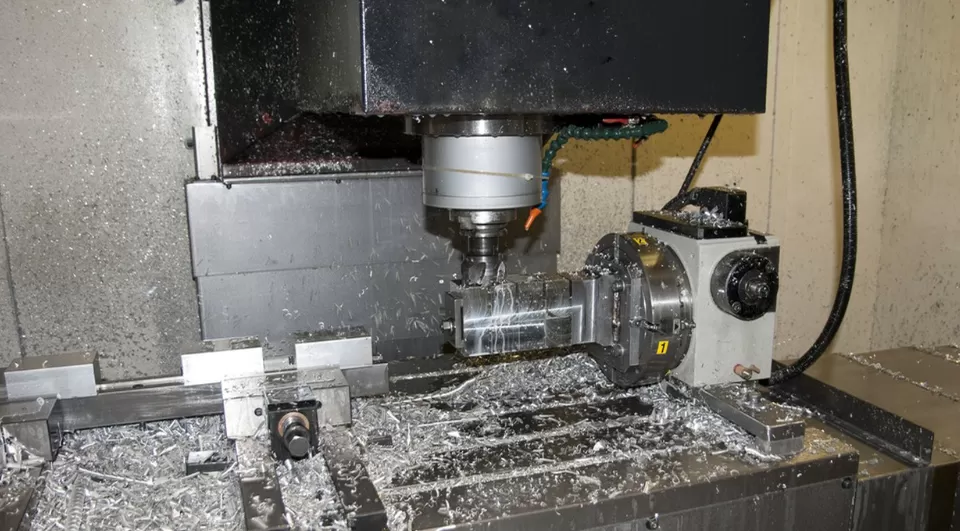Nowadays, CNC machining parts have been widely used in the automotive industry, becoming the preferred choice for manufacturers and enthusiasts. One of the key areas to consider when designing and processing automotive parts is the precision machining process.
in this article, we will explore different types of precision machining for CNC machining of automotive parts, as well as the most suitable precision machining for your specific needs.
First of all, it’s essential to understand the basics of finishing. A finishing process is a series of operations applied to the surface of a machined part, with the aim of improving its physical and aesthetic properties. Finishing can help to improve the part’s corrosion resistance, reduce friction and wear, and enhance its appearance.
Finishing Methods for CNC Machined Car Parts
CNC machining has revolutionized the car parts industry, allowing for highly accurate and precise components to be manufactured quickly and efficiently. However, once the parts have been machined, they require a finishing process to ensure they meet the required specifications and functionality of the car.
Anodizing
Anodizing is a popular finishing method for CNC machined car parts. It involves an electrochemical process that uses anodizing chemicals to create a protective oxide layer on the surface of the metal parts.
The anodizing process improves the corrosion resistance of the metal parts and enhances their appearance. The finished parts can have different colors, such as black, silver, gold, and more.
Powder Coating
Powder coating is another effective finishing method for CNC machined car parts. It involves applying a dry powder coating to the surface of the parts and then curing them in an oven.
This process creates a thin, durable, and abrasion-resistant layer on the metal parts. The coating can be a single color or a combination of different colors.
Chemical Polishing
Chemical polishing is a finishing method that uses chemicals to remove a thin layer of metal from the surface of the CNC machined car parts. This process creates a smooth, reflective, and corrosion-resistant finish.
Chemical polishing works best for metals like aluminum, brass, and copper. The process is also compatible with other finishing methods, such as anodizing and powder coating.
Sandblasting
Sandblasting is a finishing method that uses compressed air and fine abrasive materials to remove surface materials from the CNC machined car parts. This process creates a uniform and textured appearance on the surface of the parts.
Sandblasting is an excellent method for preparing the surfaces of CNC machined parts for other finishing methods. It also improves the adhesion of the coatings to the surface of the parts.
Electroplating
Electroplating is a finishing method that involves applying a thin layer of metal coating to the surface of the CNC machined car parts. This process is achieved by immersing the parts in a plating solution that contains metal ions.
Electroplating improves the corrosion resistance, wear resistance, and appearance of the metal parts. The plating can be gold, nickel, chrome, copper, and more.
Which Finishing Technique is Best?
The answer to this question ultimately depends on the specific needs of your project. However, there are a few factors to consider when making your decision:
The purpose of the car parts
Consider what the car parts will be used for. If they will be exposed to harsh weather conditions, you may want to consider anodizing or powder coating to provide protection from corrosion.
Appearance
If the appearance of the car parts is important, you may want to consider polishing or plating to enhance their aesthetic appeal.
Durability
Consider the durability requirements of your project. If you need a finish that is tough and resists scratching and chipping, powder coating or plating may be the best option.
Best Finishing Practices for CNC Machined Car Parts:
The best finishing practice for CNC machined car parts depends on the specific requirements and application of each part. For example, if a car part requires high corrosion resistance, anodizing would be the best option. On the other hand, if a car part needs to withstand high levels of abrasion and impact, powder coating would be the better option.
Which Finishing Is Right for Your CNC Machined Car Parts?
Choosing the right finishing for your CNC machined car parts depends on various factors, including your budget, the application of the part, and your desired appearance. Anodizing, powder coating, polishing, and painting are just a few of the options available. It’s essential to choose a reputable CNC parts online or turning parts online provider to ensure you get reliable and high-quality finishes that will perform as expected.
choosing the right finishing for your CNC machined car parts is a crucial decision. There are several options available, each with its advantages and disadvantages. By understanding the different finishes available and considering your specific application requirements, you can choose a suitable finish for your CNC machined car parts that will provide you with an attractive, durable, and functional part.

Conclusion
In summary, CNC machined car parts require proper finishing to ensure their optimal performance and appearance. The finishing method you choose depends on the type of metal, the application, and the desired final result.
Anodizing, powder coating, chemical polishing, sandblasting, and electroplating are all effective finishing methods for CNC machined car parts. Each method offers unique benefits that improve the performance and durability of the parts.
At our online CNC parts and turning parts store, we offer a range of high-quality CNC machined car parts with various finishing options. Our team of experts is available to help you choose the best finishing for your CNC machined car parts.
Contact us today, and let us help you achieve the perfect finishing for your CNC machined car

